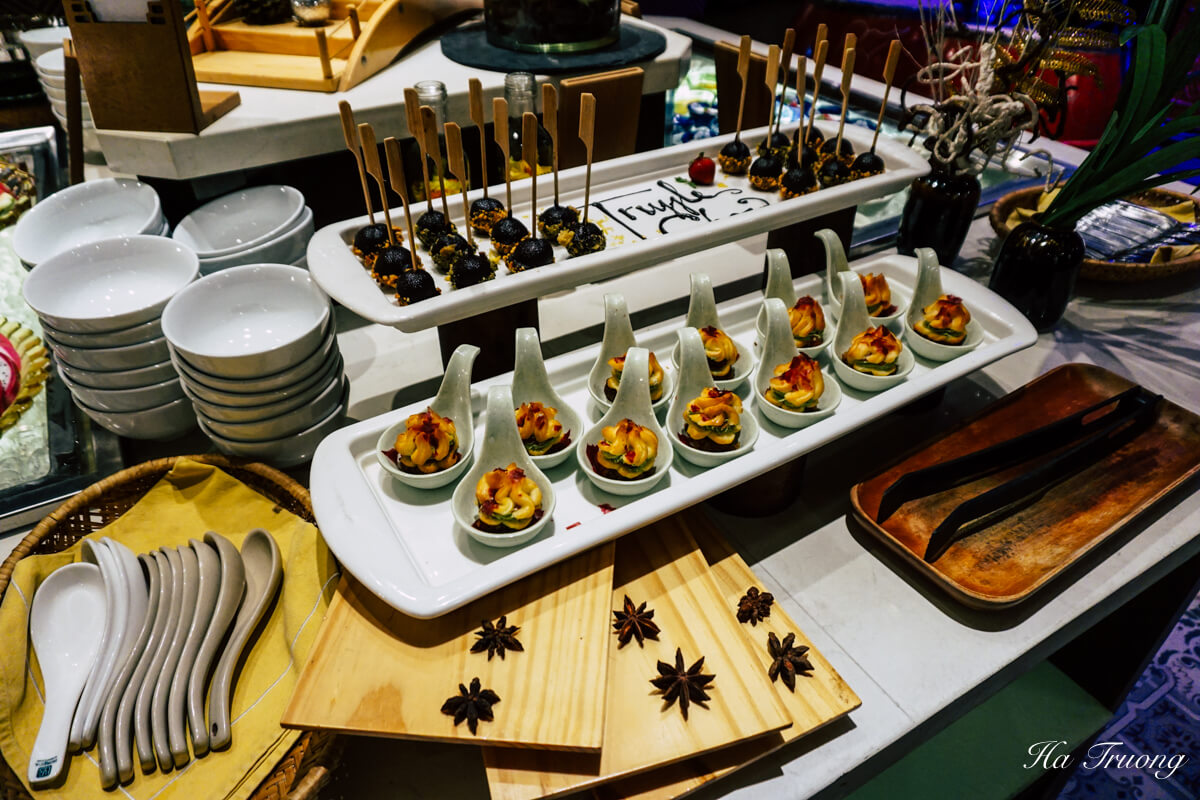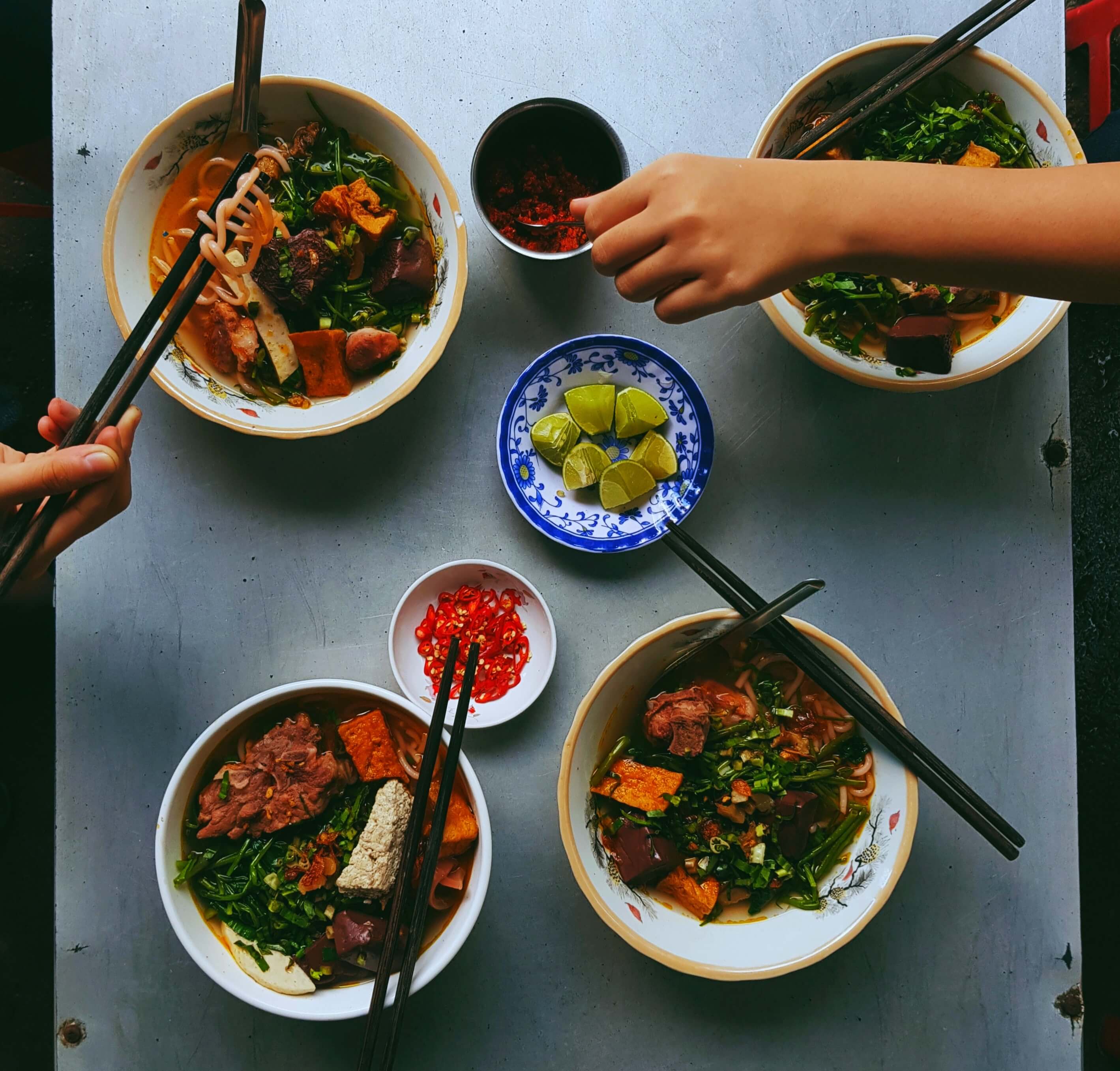Vietnamese Pho: All You Need To Know
From the fragrant broth to the fresh herbs, every element of Vietnamese Pho is carefully crafted to create a symphony of flavors.
So, whether you’re a Pho connoisseur or a first-time adventurer, this guide will help you learn more about Vietnamese Pho. Get ready to slurp, savor, and experience the taste of Vietnam in every spoonful!
The Origins of Vietnamese Pho
Pho originated in Northern Vietnam in the early 20th century and has since become a beloved national dish.
Its roots can be traced back to a blend of Vietnamese, Chinese, and French culinary influences.
The dish was originally sold in street stalls, where vendors would meticulously prepare the broth, noodles, and toppings, creating a harmonious symphony of flavors.
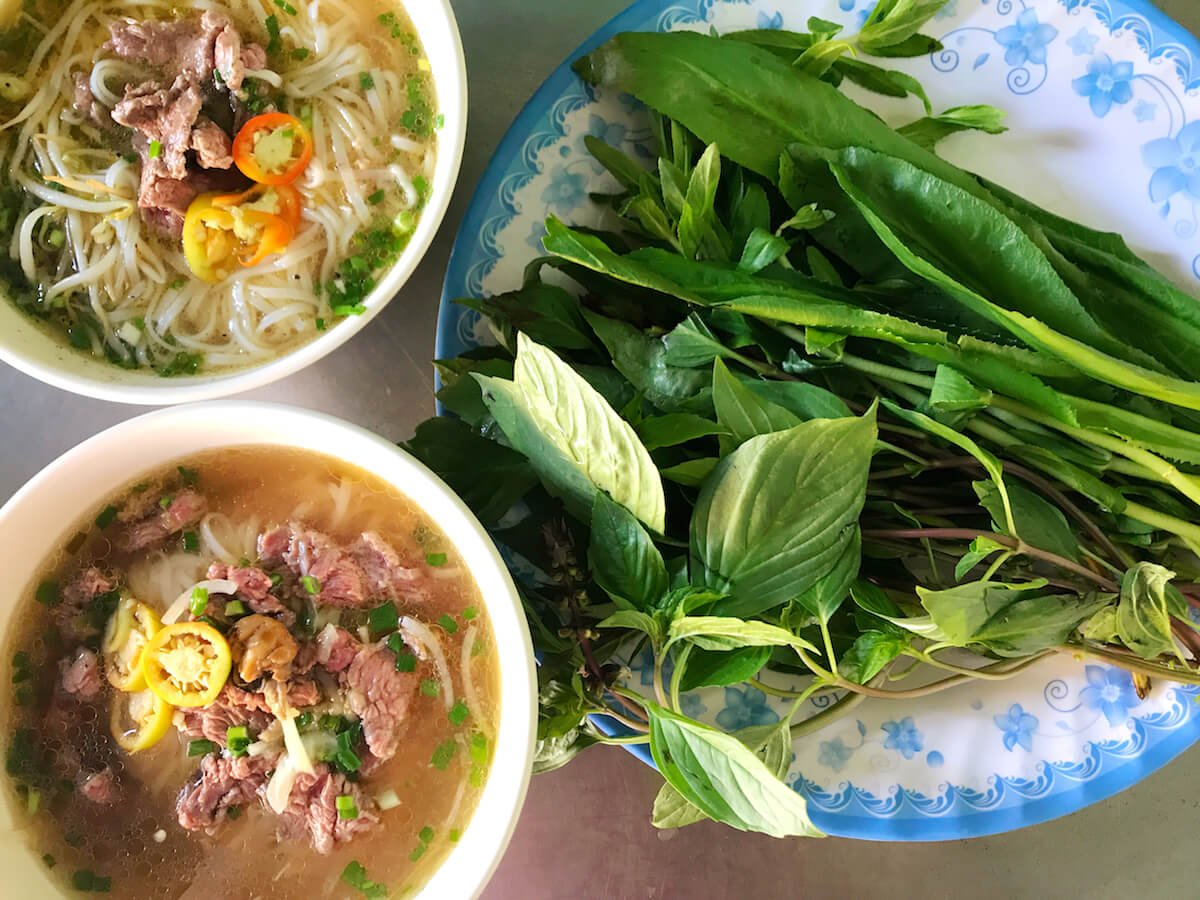
Pho Varieties
When it comes to Pho, you’ll typically encounter these variations: Pho Bo (beef), Pho Ga (chicken), Pho Chay (vegetarian), and Pho Cuon (roll).
They are all incredibly delicious, and the choice ultimately comes down to your personal preference.
Pho Bo (Beef Pho):
Alright, let’s start with the most popular Pho: Pho Bo.
This is the classic, the OG of Pho.
Imagine tender slices of beef cooked to perfection, just chillin’ in a fragrant beef broth.
The beefy flavors mingling with those slurp-worthy rice noodles? Pure comfort food heaven!
Top it off with bean sprouts, Thai basil, lime, and chili peppers, and you’ve got a bowl packed with freshness and a kick.
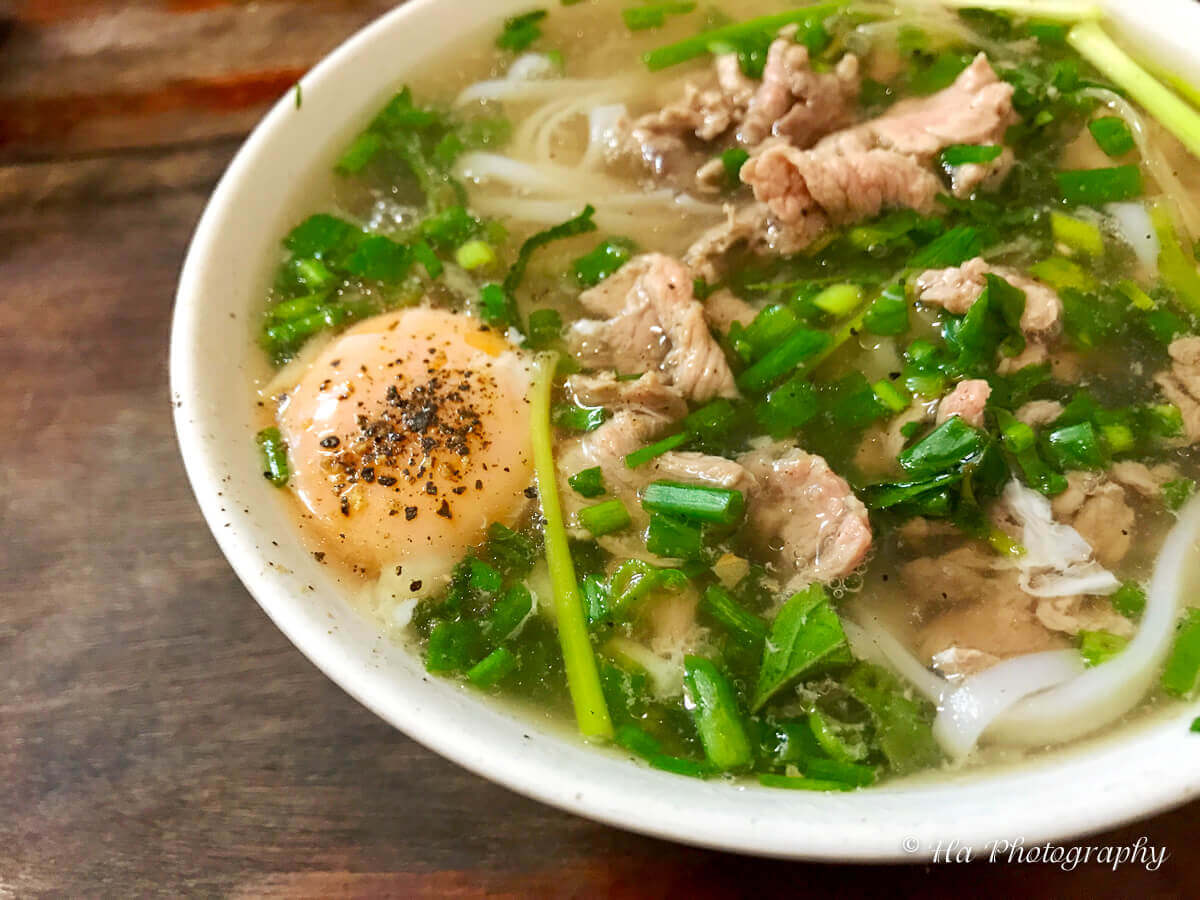
Sometimes you’ll also see the word Pho Dac Biet (Specialty Pho) on the menu.
So what is it? It’s an all-in-one experience, featuring a mix of meats like beef, tendon, brisket, and meatballs.
Don’t forget to balance it out with the usual herb and spice accompaniments!
Pho Ga (Chicken Pho):
Now, let’s talk about a lighter, more delicate Pho option: Pho Ga or Chicken Pho.
Instead of beef, we’ve got juicy, poached chicken swimming in a flavorful broth.
The chicken brings its own subtle sweetness to the mix, perfectly balanced by fragrant herbs and zesty lime. It’s like a refreshing flavor party in your mouth!
Pho Chay (Vegetarian Pho):
Hey, all you veggie lovers out there! Say hello to Pho Chay, the vegetarian delight.
This bowl is packed with an abundance of veggies, tofu, and mushrooms, all hanging out in a flavorful vegetable broth.
The medley of textures and flavors is absolutely divine. Load it up with your favorite herbs, lime, and chili for that extra oomph!
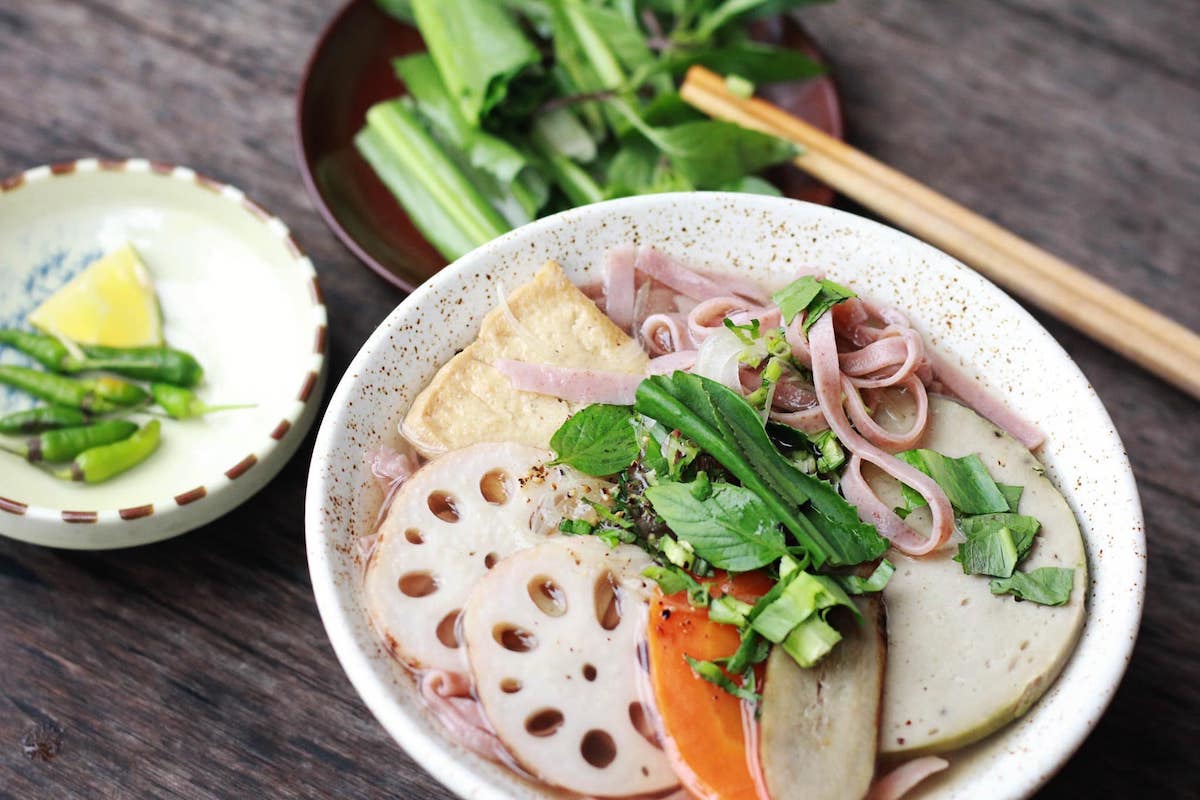
Pho Cuon (Pho Rolls):
Oh, I can’t forget to mention Pho Cuon! Think of it as Pho’s cool cousin.
Instead of slurping it up in a bowl, you wrap the Pho goodness in delicate, translucent rice paper.
Imagine tender slices of beef, fresh herbs, and crispy bean sprouts rolled up into a delectable package.
Dip it into some sweet and tangy sauce, and you’ve got a whole new Pho experience that’s portable and oh-so-delicious.

Pho Broth
The soul of Pho lies in its broth. Traditionally, Pho broth is made by simmering beef bones or chicken carcasses with aromatic spices like star anise, cloves, cinnamon, and cardamom.
The slow simmering process allows the flavors to meld together, resulting in a rich, fragrant liquid that’s the perfect base for the dish.
Usually, the process takes at least 8 hours, and some places may even cook the broth overnight for maximum flavor extraction.
Pho Noodles
The noodles used in Pho are flat rice noodles, also known as banh Pho. These delicate noodles have a smooth, chewy texture that pairs beautifully with the rich broth.
Pho Protein
The protein component of Pho is what takes it to the next level.
Thin slices of beef or tender chicken are added to the hot broth, allowing them to cook to perfection right at your table.
The beef can be either rare (which continues to cook in the hot broth) or well-done, depending on your preference.
If you’re feeling adventurous, you can even try Pho with a combination of different beef cuts, such as brisket, flank, and meatballs, for an explosion of flavors and textures.
I highly recommend ordering a bowl of eggs too!

Fresh and Fragrant Garnishes
Pho isn’t just about the broth and noodles; it’s also about the fresh garnishes that add an extra layer of deliciousness.
A typical Pho accompaniment includes bean sprouts, Thai basil, cilantro, lime wedges, and sliced chili peppers.
These vibrant herbs and condiments bring brightness, crunch, and a touch of heat to each spoonful.
Customize your Pho by adding as much or as little of these garnishes as your taste buds desire.
Condiments: The Flavor Boosters
One of the secrets to perfecting your Pho experience lies in the art of condiments.
On the table, you’ll often find hoisin sauce, Sriracha, and chili oil. Drizzle a bit of hoisin sauce for a touch of sweetness, squirt some Sriracha for heat, and if you like it extra spicy, a few drops of chili oil will do the trick.
Feel free to experiment and find the right balance of flavors that suits your palate.
Tips for enjoying the best Pho
Now that you’re armed with knowledge about different Pho types, let me share some tips to enhance your Pho experience:
Customize to your heart’s content:
Pho is all about personalization.
Add your favorite condiments like hoisin sauce, Sriracha, or chili oil to tailor the flavors to your liking.
Adjust the herb and spice levels to create your perfect balance of freshness and heat.
Explore regional variations:
Vietnam is a treasure trove of Pho variations, each with its own regional twist.
Take the opportunity to explore different regional Pho types and expand your Pho palate.
From Hanoi‘s traditional Pho to Saigon‘s aromatic version, every region brings something unique to the table.
Try different cuts of meat:
If you have the opportunity, try Pho with different cuts of beef, such as tendon or tripe.
These variations add unique textures and flavors to the dish.
Don’t rush:
Pho is meant to be enjoyed at a leisurely pace. Take your time to savor each bite, allowing the flavors to unfold and transport you to the bustling streets of Vietnam.
Be adventurous:
While Pho is traditionally made with beef or chicken, don’t be afraid to explore different variations.
Seafood, such as shrimp or squid, can add a delightful twist to the classic dish.
Final thoughts
From the comforting Pho Bo to the refreshing Pho Ga and the vegetarian delight of Pho Chay, each bowl has its own story to tell.
So, the next time you find yourself craving a warm, flavorful bowl of Pho, remember the options that await you.
Customize it to your liking, try regional variations, and don’t forget to slurp with joy.
Vietnamese Pho is more than just a dish—it’s a celebration of flavors, textures, and cultural heritage. Happy slurping!

